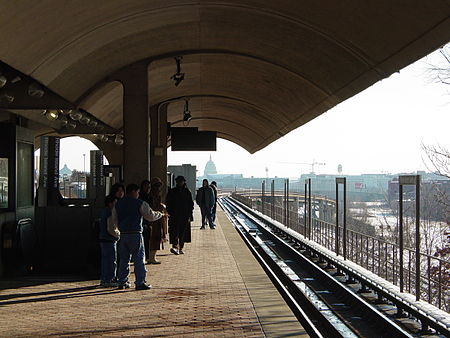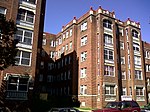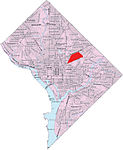Rhode Island Avenue station
1976 establishments in Washington, D.C.African-American history of Washington, D.C.Railway stations in the United States opened in 1976Red Line (Washington Metro)Use mdy dates from March 2018 ... and 2 more
Washington Metro stations in Washington, D.C.Washington Metro stations located above ground

Rhode Island Avenue (also known as Rhode Island Avenue–Brentwood) is a Washington Metro station in Washington, D.C. on the Red Line. The station is located in the Brentwood neighborhood of Northeast, on an elevated platform crossing Rhode Island Avenue NE (U.S. Route 1)
Excerpt from the Wikipedia article Rhode Island Avenue station (License: CC BY-SA 3.0, Authors, Images).Rhode Island Avenue station
Rhode Island Avenue Northeast, Washington
Geographical coordinates (GPS) Address Nearby Places Show on map
Geographical coordinates (GPS)
| Latitude | Longitude |
|---|---|
| N 38.920741 ° | E -76.995984 ° |
Address
Rhode Island Avenue Northeast 919
20018 Washington
District of Columbia, United States
Open on Google Maps









